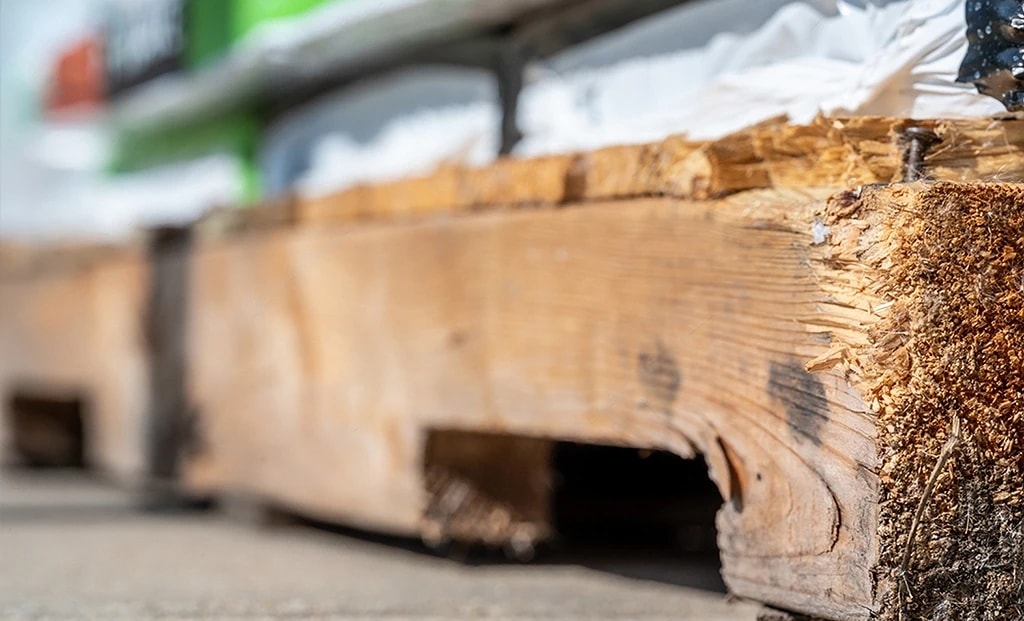In the past, many businesses had to make a tough decision when dealing with pallet pest control: opt for heat treatment or use methyl bromide? While both methods effectively eliminate pests, there are compelling reasons why heat treatment stands out as the superior choice. Today, we’ll delve into why heat treatment surpasses methyl bromide and how it can streamline your business operations, saving time and money while significantly enhancing sustainability.
The Hazards of Methyl Bromide
Methyl bromide has traditionally served as a fumigant for pest control on pallets and other wooden items. However, this chemical presents substantial health risks to both workers and consumers. Exposure to methyl bromide can lead to respiratory issues, neurological damage, and in extreme cases, even death. Furthermore, it has been linked to ozone depletion and contributes to climate change. Consequently, regulatory restrictions now govern the use of methyl bromide in many countries worldwide due to these environmental concerns.
The risks associated with methyl bromide extend beyond human health and environmental impacts. Its toxicity necessitates heavy regulation, posing challenges for businesses relying on it for pest control. Companies often need permits and additional safety training to use methyl bromide on their pallets or wooden products, adding complexity to operations and increasing costs. Consequently, many companies are turning to alternative methods like heat treatment, which offer a safer and more efficient solution without the same regulatory hurdles.
Heat Treatment: Safer, Quicker, More Efficient
Heat treatment emerges as a safe and effective alternative to methyl bromide for pallet pest control. Unlike methyl bromide, heat treatment poses no health risks to workers or consumers as it involves using high temperatures to eliminate pests, devoid of harmful chemicals. Moreover, it’s environmentally friendly and doesn’t contribute to ozone depletion or climate change, making it ideal for businesses committed to sustainability.
Another advantage of heat treatment is its exemption from the stringent regulatory restrictions faced by methyl bromide. Companies don’t need permits or additional safety training to employ heat treatment, streamlining operations and cutting costs while still managing pests effectively on wooden products.
Apart from being safer and environmentally friendly, heat treatment offers efficiency benefits. It boasts faster turnaround times, completing the process in hours compared to the days or weeks required for methyl bromide fumigation. This enables companies to get their products back into circulation swiftly, avoiding costly delays.
Furthermore, heat treatment reduces the risk of pallet damage. Unlike methyl bromide, which can weaken wood fibers and cause warping, heat treatment uses controlled temperatures that maintain the structural integrity of the wood.
Over time, heat treatment can yield cost savings. While there might be initial investments in equipment and training, businesses can save on permits, regulatory compliance, and other costs associated with methyl bromide usage. Overall, heat treatment offers numerous benefits for businesses seeking safe, efficient, and cost-effective pest control on wooden products.
Clearly, the advantages of heat treatment far outweigh those of methyl bromide. It’s a safer, environmentally friendly option that can enhance efficiency in your business operations over time. By opting for heat treatment as your preferred pest control method, you’ll be making a prudent investment in the long-term health and success of your business.



